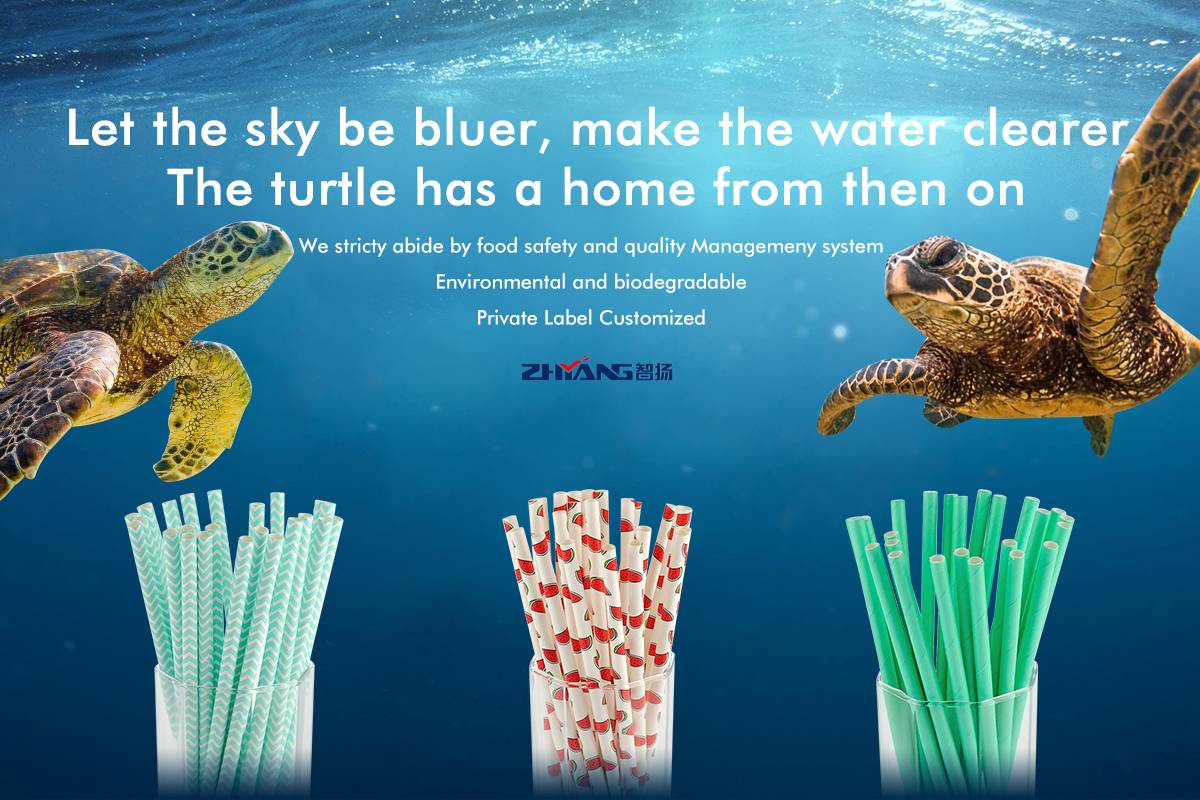This story is part of Planet or Plastic?—our multiyear effort to raise awareness about the global plastic waste crisis. Learn what you can do to reduce your own single-use plastics, and take your pledge.
In a cringe-inducing video that's gone viral, a team of scientists spent nearly ten minutes pulling a plastic straw from the nostril of an olive ridley sea turtle.
At first, "it looked like a worm," says Christine Figgener, a sea turtle expert at Texas A&M University in College Station who helped the injured reptile off the coast of Costa Rica.
Figgener and colleagues were collecting data on sea turtle mating when they noticed something in the nose of a 77-pound (35-kilogram) male.
After team members extracted a couple of centimetres of the object with pliers and snipped off a sample, they discovered that the wrinkled, brownish object was a plasticdrinking straw.
Assured it wasn't a parasite that might have been attached to part of the turtle's brain, the researchers decided to remove the entire four-inch (ten-centimetre) straw.
The team felt it was better to remove the straw immediately since they were hours away from a veterinarian—and there was no guarantee the vet would know how to deal with a sea turtle. (Watch injured sea turtles get healthy in rehab.)
"We couldn't believe what we had just pulled out of that turtle," says Figgener.
AN OCEAN OF PLASTIC
She's been campaigning against plastic straws for years, but never expected to find one lodged up a sea turtle's nose. The animal looked like it was having some trouble breathing since the straw took up an entire nostril.
Usually, trash such as plastic bags and even toothbrushes end up in a sea turtle's stomach, she says. It's also quite common to see fishing hooks embedded in a turtle's mouth or flipper, Figgener adds.
She's not sure how the straw ended up in the male's nose, but the sea turtle expert thinks it could have swallowed the straw at some point, gagged on it, and then tried to throw it back up.
"Olive ridleys feed on crustaceans, especially on the seabed," Figgener says, so the turtle might have slurped up the straw along with its meal.
The passageways for food and air are connected in a turtle just like they are in people. That's why some of the material we throw up can come out of our nose, Figgener says. It's possible the straw could have ended up in the wrong passageway and gotten lodged in the reptile's nostril.
The team disinfected the sea turtle's nose and watched it to make sure it seemed healthy before releasing it back into the ocean.
Straws are useless, Figgener says, and contribute to the 5.25 trillion pieces of marine trash that have ended up in the ocean, according to a January report.
People can drink out of a





